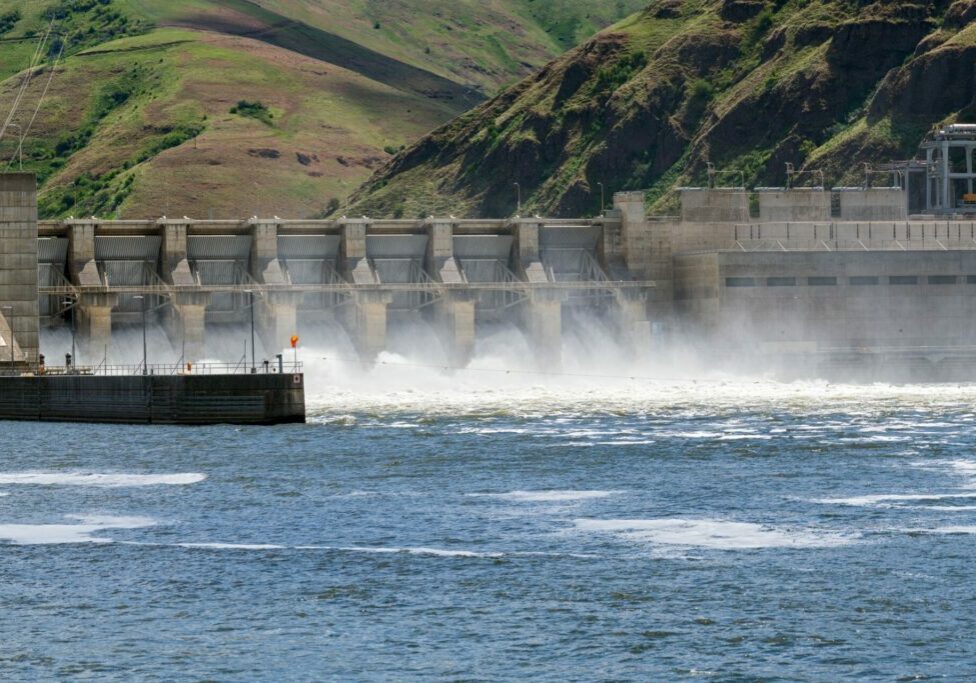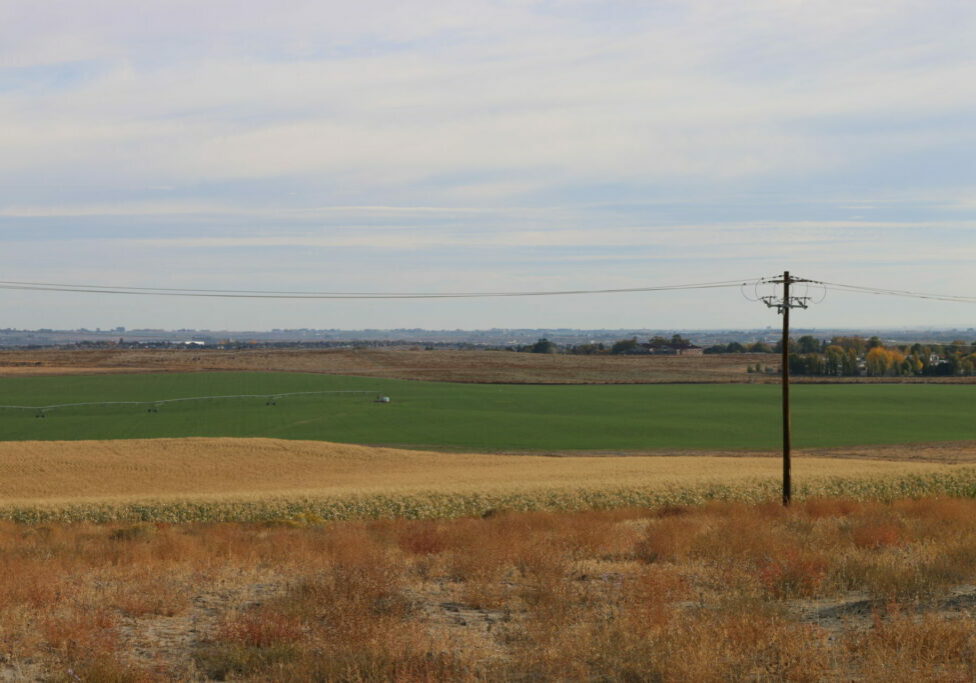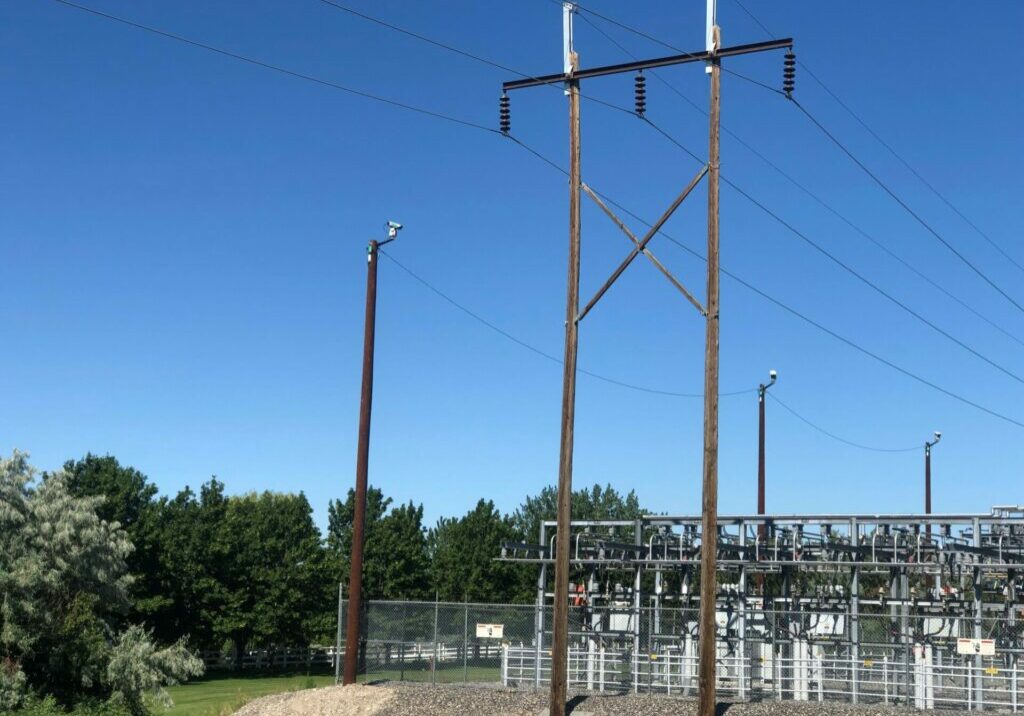Solar Equipment 101

If a person had a Rip Van Winkle moment and fell asleep under a tree a decade ago, they would be amazed at how far solar photovoltaic systems have come. Technology continues to evolve at a rapid pace. Once the most expensive form of electricity generation, economies of scale in manufacturing and advances in technology are driving prices down.
The typical PV system has two main components: the panels and the inverter. Disconnect switches are also necessary so the system can be safely isolated for maintenance and other reasons.
Solar Panels
Each panel is composed of many smaller, connected cells. Together the cells produce a certain amount of direct current electricity.
When a system is being designed, the number of panels installed is determined by the amount of electricity required and the space available to mount them. A collection of panels is called an array.
Since solar cells generate DC power, but our homes and businesses use alternating current power, the next major system component is the inverter.
The Inverter
The inverter converts the DC electricity into AC power, which flows into your home.
Like the panels, the inverters are becoming more capable with many now bearing the “smart” label, meaning they can play an active role in the smart grid.
Producing Electricity
Many consumers are surprised to learn that heat has no part in the production of solar electricity. In fact, solar panels increase in efficiency as temperatures drop. This often strikes people as odd since many solar arrays are shown in desserts and other hot, arid locations. A solar array will produce at its best on a cold, clear winter day all things being equal.
Scientists work constantly to develop more efficient and powerful solar cells. Today, the best commercially available panels range from 15 to 20% efficiency—meaning they convert 15 to 20% of available solar energy into electricity—with some high efficiency panels at 23%.
Connected to the Grid
PV systems are installed in what is called a grid-tied configuration. This means that the system will only operate when electricity is present on Benton REA’s power lines. During a power outage, the inverter automatically shuts down the flow of electricity from the solar array. Without this protective feature, the PV system could potentially back feed electricity onto the co-op’s lines, endangering line crews and anyone in the area.
When the inverter shuts down, the solar power stops flowing, so members should not install a system with the expectation that it will power their home or business during an outage.
System Size and Net Metering
While systems are sized to come close to the expected electrical needs of the member, there is no way to continuously match the output of the array to the current need for electricity. At times, the amount of solar power will be more than needed. At other times, it will be less.
The Benton REA meter measures both the amount of electricity the co-op supplies when the solar production is less than required and the amount of electricity sent onto the co-op’s lines when solar output exceeds what is needed. This is called net metering.
On a regular basis, these flows are compared and credits or debits applied to the member’s account. How this works is described in Benton REA’s net metering policy and rate schedule.
Ready for the Sun
Solar PV has come a long way since first used on satellites in 1958. With this short overview, you now have a basic understanding of how these systems work.
For more information about renewable energy systems for your home, visit BentonREA.org/RenewableEnergy or call 509-786-8265.
Recent Posts

5 Ways to Help You Save on Your Summer Energy Bill

Planting Trees and Bushes for Energy Efficiency

Federal Hydro System Powers Region Through Arctic Blast

Seeking Candidates for Board Districts 7 and 8

You Have the Power to Care

Benton REA Hires Andrew Gould as VP of Engineering & Operations

Are Portable Space Heaters Efficient?

Claim Your Ownership Cash

Be A Fam With A Plan





